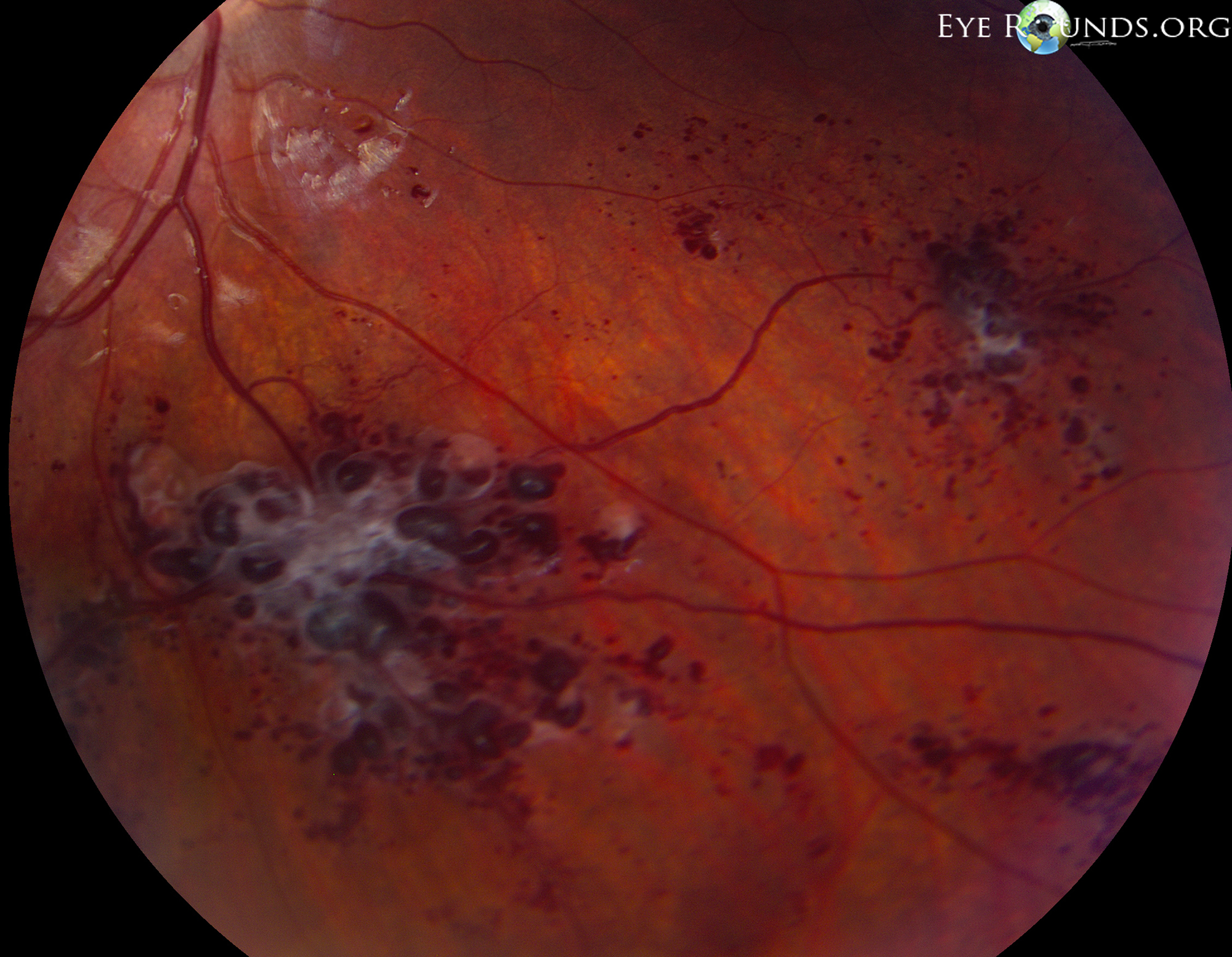


As the hemangioma grows during the proliferative phase (from birth to 1 year old), diagnosis will be easier.
#HEMANGIOMA SPINE SKIN#
Hemangiomas that are deep under the skin can sometimes be harder to diagnose.

Infantile hemangiomas are more common in girls than boys and are more common in Caucasian children.īabies who are born early (premature) or who have low birthweight are more likely to have an infantile hemangioma.ĭoctors can diagnose most hemangiomas by doing an exam and asking about the pregnancy and the baby’s health. Infantile hemangioma is the most common tumor that affects babies. Nearly half of all children with an infantile hemangioma may be left with some scar tissue or extra blood vessels on the skin. Most of the shrinking for an infantile hemangioma happens by the time a child is 3 1/2 to 4 years old. This phase, called involution, continues from late infancy to early childhood. It will begin to flatten and appear less red. In most cases, they stop growing and begin to shrink by the baby’s first birthday. For most babies, by about 3 months of age, the infantile hemangioma will be at 80 percent of its maximum size. This time is called the proliferative phase or growth phase. Most infantile hemangiomas show some mark or colored patch on the skin at birth or within a few weeks after birth.ĭuring a baby’s first five months, an infantile hemangioma will grow quickly. Most infantile hemangioma will appear at birth or within the first few weeks after birth. These blood vessels receive signals to grow rapidly early in a baby’s life. Infantile hemangiomas are made up of blood vessels that form incorrectly and multiply more than they should.


 0 kommentar(er)
0 kommentar(er)
